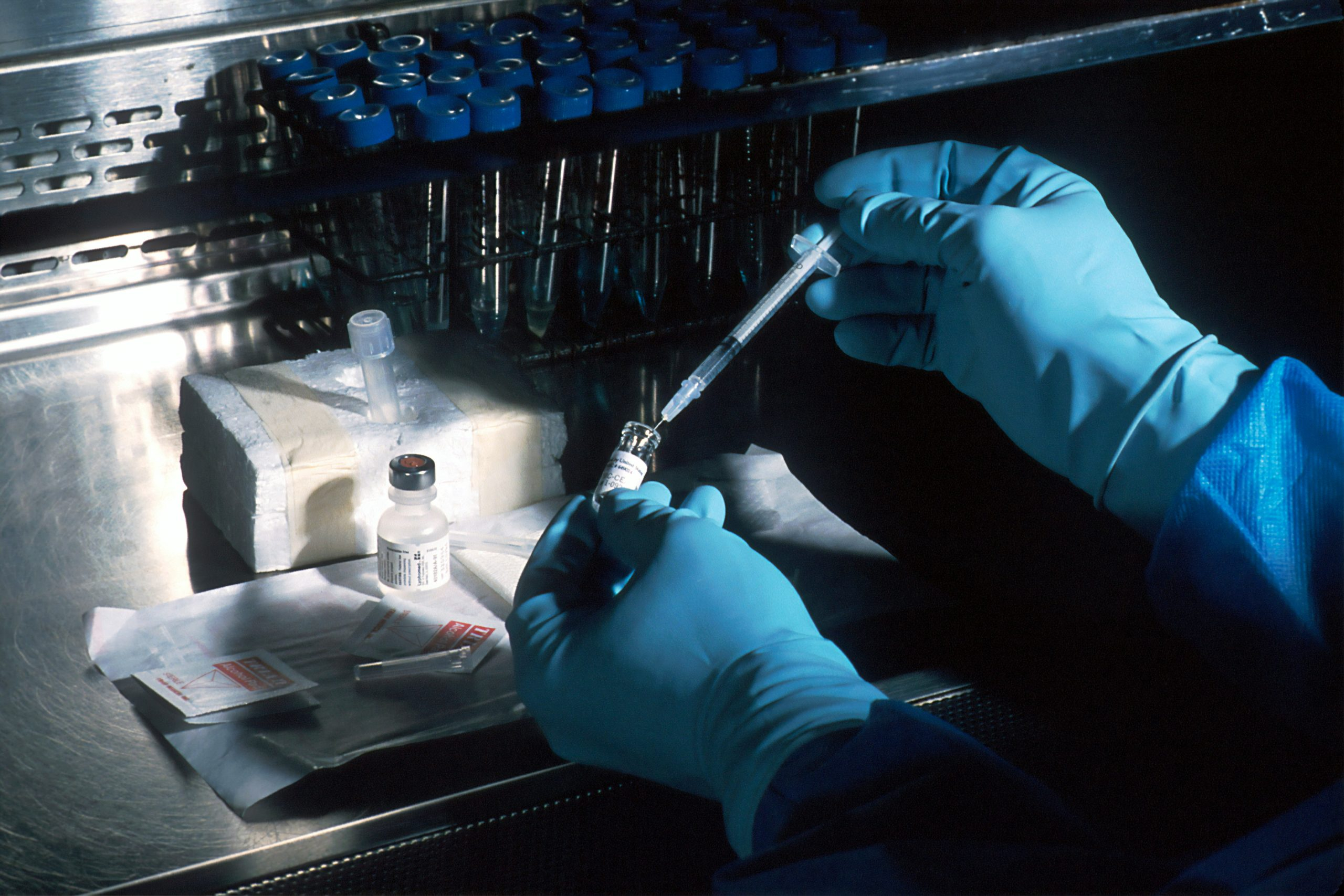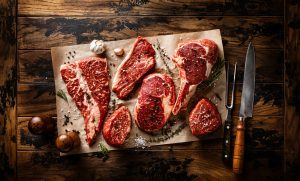Molecular Gastronomy: Science-Driven Recipes for Innovative Dishes
Molecular gastronomy has revolutionized the world of cooking with its scientific approach and innovative techniques. This form of cooking combines chemistry, physics, and culinary arts to create unique and visually stunning dishes. It has gained popularity in recent years, and many chefs are now incorporating it into their menus. In this article, we will explore the exciting world of molecular gastronomy and discover how science-driven recipes can elevate ordinary dishes into culinary masterpieces.
What is Molecular Gastronomy?
Molecular gastronomy is a modern cooking technique that combines science and culinary arts to create innovative dishes. This approach focuses on the physical and chemical aspects of cooking to achieve new textures, flavors, and presentations. It involves the use of specialized equipment and techniques to transform familiar ingredients into new and exciting dishes. Molecular gastronomy is not just about the taste of the food; it also highlights the visual appeal of the dish.
The Origins of Molecular Gastronomy
The term “molecular gastronomy” was first used in 1988 by French physicist Nicholas Kurti and French chemist Hervé This. They organized a workshop to discuss the science behind cooking, and that is when the concept of molecular gastronomy was born. The idea gained global recognition in 1992 when the first book on the topic, titled “Molecular Gastronomy: Exploring the Science of Flavor,” was published by Hervé This. Since then, molecular gastronomy has been the subject of much fascination and experimentation among chefs.
Science-Driven Recipes
Molecular gastronomy relies heavily on science to create its recipes. Chefs use scientific principles such as chemical reactions, physical changes, and thermal dynamics to transform food into new forms. The use of specialized equipment such as centrifuges, siphons, and liquid nitrogen is also common in molecular gastronomy. These tools allow chefs to control the texture, consistency, and presentation of their dishes in ways that were never possible before.
Spherification
Spherification is one of the most popular techniques used in molecular gastronomy. This process uses a natural thickening agent called sodium alginate to create small spheres or pearls of liquid inside a thin film of gel. These “caviar-like” balls burst in the mouth, releasing a burst of flavor. Spherification can be used on almost any liquid, and chefs have taken to using it to create unique and playful dishes such as “olive oil pearls” or “balsamic caviar.”
Foams and Emulsions
Molecular gastronomy has given rise to the use of foams and emulsions in cooking. These foam and emulsion sauces are created by blending liquid ingredients with a whipping agent such as soy lecithin. This results in a light and airy texture, and chefs can play around with different flavors and colors to create foams that complement their dishes. Emulsions, on the other hand, are created by combining immiscible liquids such as oil and water using emulsifying agents or specialized equipment like a homogenizer. This technique is often used to create creamy and visually appealing sauces.
Reverse Searing
For decades, searing meat was believed to lock in its juices and add flavor. However, molecular gastronomy has challenged this notion with a technique called reverse searing. This process involves cooking the meat at a low temperature first, allowing the juices to be evenly distributed throughout the meat. The meat is then finished with a quick sear on high heat, resulting in perfectly cooked, tender, and juicy meat.
Innovative Dishes
Molecular gastronomy has opened the doors to a whole new world of culinary possibilities. Chefs have taken familiar dishes and transformed them into visually stunning and unique creations. From “smoky” cocktails to “bouncy” desserts, the creativity and experimentation in molecular gastronomy know no bounds.
Deconstructed Dishes
One of the most visually striking techniques in molecular gastronomy is the deconstruction of dishes. This involves breaking down familiar dishes into their individual components and then reconstructing them in unique and unexpected ways. For example, a traditional lasagna may be deconstructed into layers of pasta, cheese, and meat presented in a vertical tower, creating a dish that is both familiar and innovative.
Edible Art
Molecular gastronomy has elevated the presentation of food to an art form. Chefs use techniques like freeze-drying, gelification, and sculpting to create visually stunning plates that are almost too pretty to eat. From edible “paintings” to dishes that resemble miniature gardens, molecular gastronomy allows chefs to unleash their creativity and create edible works of art.
In Conclusion
Molecular gastronomy is more than just a trend; it’s a full-blown culinary revolution. It has transformed the way we think about food and challenged traditional cooking methods. With its scientific approach and innovative techniques, molecular gastronomy has opened the doors to endless possibilities in the world of cooking. So why not step out of your comfort zone and give this exciting form of cooking a try? Who knows, you may just discover a whole new world of flavors and textures that will take your dishes to the next level.









